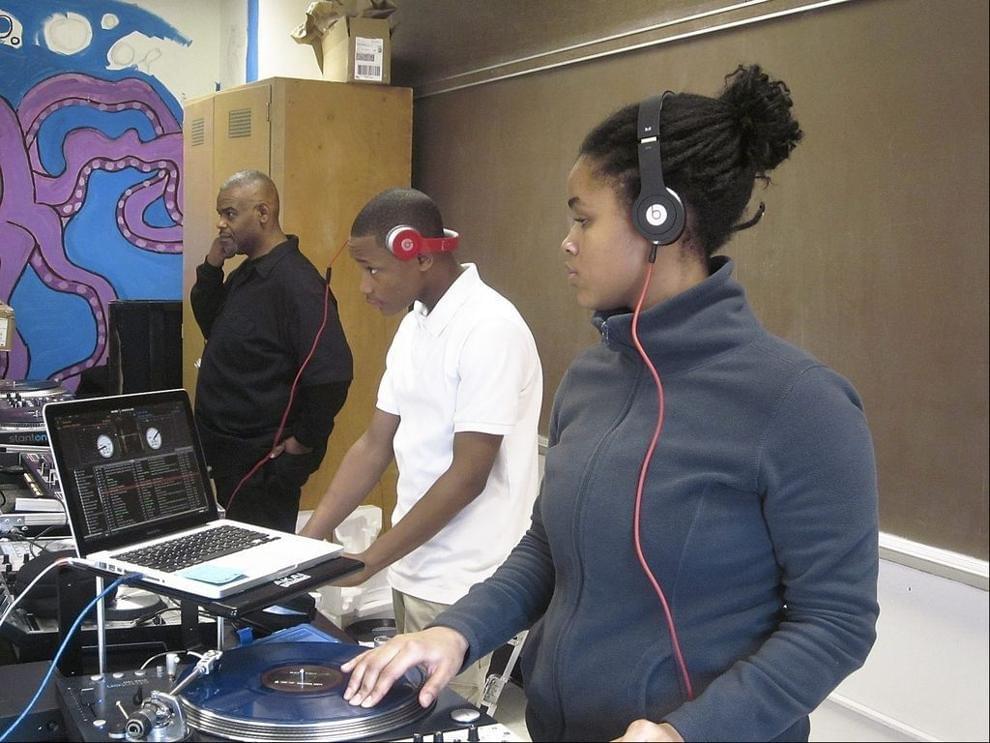
When it comes to effective communication, having the right tools and knowledge is crucial. One of the most essential tools in any communication setup is the two-way radio. With its ability to transmit and receive messages in real-time, the two-way radio has become an indispensable tool in various industries, from construction to emergency services. However, with so many channels available, it can be overwhelming to navigate the complex world of two-way radio communication. In this guide, we will take you through the ins and outs of two-way radio channels, helping you to make the most of your communication setup.
Understanding Two-Way Radio Channels
Before we dive into the specifics of two-way radio channels, it's essential to understand the basics. A two way radio channel guide is a specific frequency range allocated for communication. Each channel has its unique characteristics, such as frequency, bandwidth, and modulation. Channels are used to separate different communication streams, ensuring that multiple conversations can take place simultaneously without interference. In the context of two-way radios, channels are used to separate different groups or teams, allowing them to communicate effectively without disrupting others.
Types of Two-Way Radio Channels
There are several types of two-way radio channels, each designed for specific purposes. The most common types of channels include:
1. Analog Channels: Analog channels use analog signals to transmit and receive messages. These channels are simple and easy to use, making them suitable for basic communication needs.
2. Digital Channels: Digital channels use digital signals to transmit and receive messages. These channels offer higher quality and security, making them suitable for critical communication applications.
3. Trunked Channels: Trunked channels are a type of digital channel that allows multiple channels to be combined into a single channel. This allows for more efficient use of bandwidth and improved communication.
How to Choose the Right Two-Way Radio Channel
Choosing the right two-way radio channel is crucial for effective communication. Here are some tips to help you make the right choice:
1. Determine Your Communication Needs: Before choosing a channel, determine your communication needs. What type of communication do you need to facilitate? How many people will be using the channel? To find more information about two way radio channel guide keep reading.
2. Consider Interference: Consider the level of interference in your communication area. If you're in a densely populated area, you may need to choose a channel with less interference.
3. Check for Frequency Allocation: Check the frequency allocation in your area. Make sure the channel you choose is allocated for your region.
4. Consider Channel Capacity: Consider the channel capacity. If you have a large group or team, you may need a channel with higher capacity.
Best Practices for Using Two-Way Radio Channels
To get the most out of your two-way radio channels, follow these best practices:
1. Use the Right Equipment: Use the right equipment for your communication needs. Make sure your equipment is compatible with the channel you choose.
2. Use the Right Frequency: Use the right frequency for your communication needs. Make sure you're using the correct frequency for your area.
3. Monitor Your Channel: Monitor your channel regularly to ensure it's working effectively. Check for interference and adjust your channel as needed.
4. Use Clear Communication: Use clear and concise communication. Avoid using jargon or technical terms that may confuse others.
Conclusion
In conclusion, choosing the right two-way radio channel is crucial for effective communication. By understanding the different types of channels, choosing the right equipment, and following best practices, you can ensure seamless communication. Remember to consider your communication needs, interference, frequency allocation, and channel capacity when choosing a channel. With the right channel, you can improve your communication setup and achieve your goals.